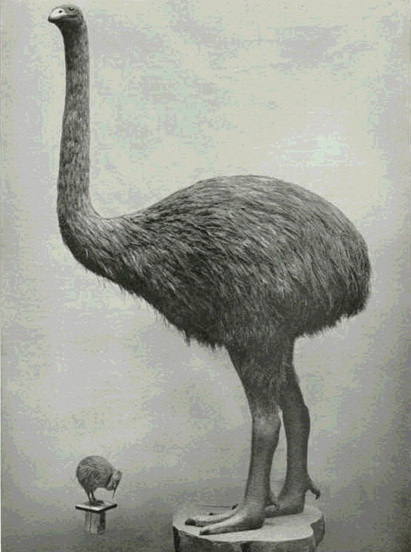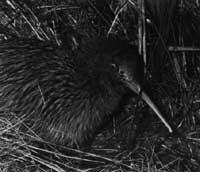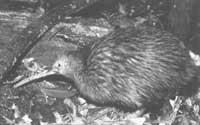Sequencing of the mitochondrial DNA of a missing species
2001/02/08 Elhuyar Zientzia

The Mo, the New Zealand ostrich giant, disappeared about three hundred years ago. According to its inhabitants, this animal that could reach the three meters ran very fast and when it was surrounded it defended itself to kicks.
The majority kept the bones of the beak. XIX. In the 19th century, the prestigious anatomist Richard Owen, after an insistent request from John Rule, observed that one of those bones was from a giant bird that did not fly. Henceforth he has been regarded as the discoverer of fashion in Western peoples.
Birds like the beak, oyster, emua or kiwi belong to the same family. Based on the results of the morphological analyses, biologists considered that Gondwana was an isolated group in the supercontinent (territories of the current southern hemisphere). In 1986 it was published in the journal Nature that fossils of the same family were found in the northern hemisphere. Despite numerous studies, the evolution of these birds has not been clarified.
The next step in this work has been done by researchers from England and Spain. The laboratory has isolated and analyzed the mitochondrial genome of the Mo bird. These tests have been used to look for genetic origin along with the genome of birds such as ostrich or kiwi. The results obtained so far are very interesting because they have concluded that these birds are not monophyletic, that is, that not all belong to the same evolutionary branch.

Gai honi buruzko eduki gehiago
Elhuyarrek garatutako teknologia






